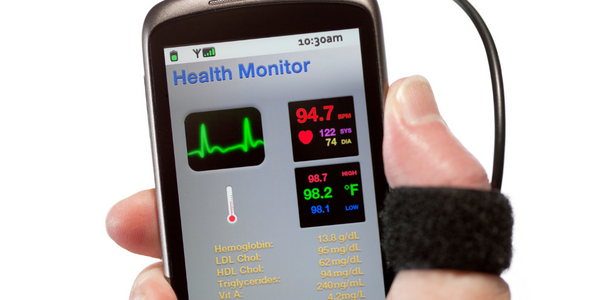公司规模
Mid-size Company
地区
- Europe
国家
- United Kingdom
产品
- Ecometrica Platform’s Sustainability suite
实施规模
- Enterprise-wide Deployment
影响指标
- Environmental Impact Reduction
- Brand Awareness
技术
- 平台即服务 (PaaS) - 数据管理平台
适用行业
- 汽车
- 医疗保健和医院
适用功能
- 商业运营
用例
- 监管合规监控
服务
- 云规划/设计/实施服务
关于客户
Carclo plc 是一家全球光学公司,是 FTSE SmallCap 指数的成分股。该公司报告称,2014 年营收为 9730 万英镑。其营收来自供应精密注塑塑料部件(主要用于医疗产品)以及为小批量高端汽车行业设计和供应专用注塑 LED 照明系统。该公司成立于 1924 年,拥有雄心勃勃的企业责任目标。
挑战
Carclo plc 是 FTSE SmallCap 指数的成分股,该公司希望提高其在招标中的可持续性资质,并及时提高报告能力,以遵守影响 FTSE SmallCap 组织的英国强制性碳报告法规。该公司 2014 年报告的收入为 9730 万英镑,其收入来自供应精密公差注塑塑料部件(主要用于医疗产品)以及为小批量高端汽车行业设计和供应专用注塑 LED 照明系统。
解决方案
Carclo 采用了 Ecometrica Platform 的 Sustainability 套件来编写其可持续发展报告。选择该平台是因为其易于使用、分析灵活且报告功能强大。Carclo 使用的模块包括温室气体/碳、能源、商业智能、商务旅行和废物。
运营影响

Case Study missing?
Start adding your own!
Register with your work email and create a new case study profile for your business.
相关案例.

Case Study
Integral Plant Maintenance
Mercedes-Benz and his partner GAZ chose Siemens to be its maintenance partner at a new engine plant in Yaroslavl, Russia. The new plant offers a capacity to manufacture diesel engines for the Russian market, for locally produced Sprinter Classic. In addition to engines for the local market, the Yaroslavl plant will also produce spare parts. Mercedes-Benz Russia and his partner needed a service partner in order to ensure the operation of these lines in a maintenance partnership arrangement. The challenges included coordinating the entire maintenance management operation, in particular inspections, corrective and predictive maintenance activities, and the optimizing spare parts management. Siemens developed a customized maintenance solution that includes all electronic and mechanical maintenance activities (Integral Plant Maintenance).

Case Study
Hospital Inventory Management
The hospital supply chain team is responsible for ensuring that the right medical supplies are readily available to clinicians when and where needed, and to do so in the most efficient manner possible. However, many of the systems and processes in use at the cancer center for supply chain management were not best suited to support these goals. Barcoding technology, a commonly used method for inventory management of medical supplies, is labor intensive, time consuming, does not provide real-time visibility into inventory levels and can be prone to error. Consequently, the lack of accurate and real-time visibility into inventory levels across multiple supply rooms in multiple hospital facilities creates additional inefficiency in the system causing over-ordering, hoarding, and wasted supplies. Other sources of waste and cost were also identified as candidates for improvement. Existing systems and processes did not provide adequate security for high-cost inventory within the hospital, which was another driver of cost. A lack of visibility into expiration dates for supplies resulted in supplies being wasted due to past expiry dates. Storage of supplies was also a key consideration given the location of the cancer center’s facilities in a dense urban setting, where space is always at a premium. In order to address the challenges outlined above, the hospital sought a solution that would provide real-time inventory information with high levels of accuracy, reduce the level of manual effort required and enable data driven decision making to ensure that the right supplies were readily available to clinicians in the right location at the right time.











